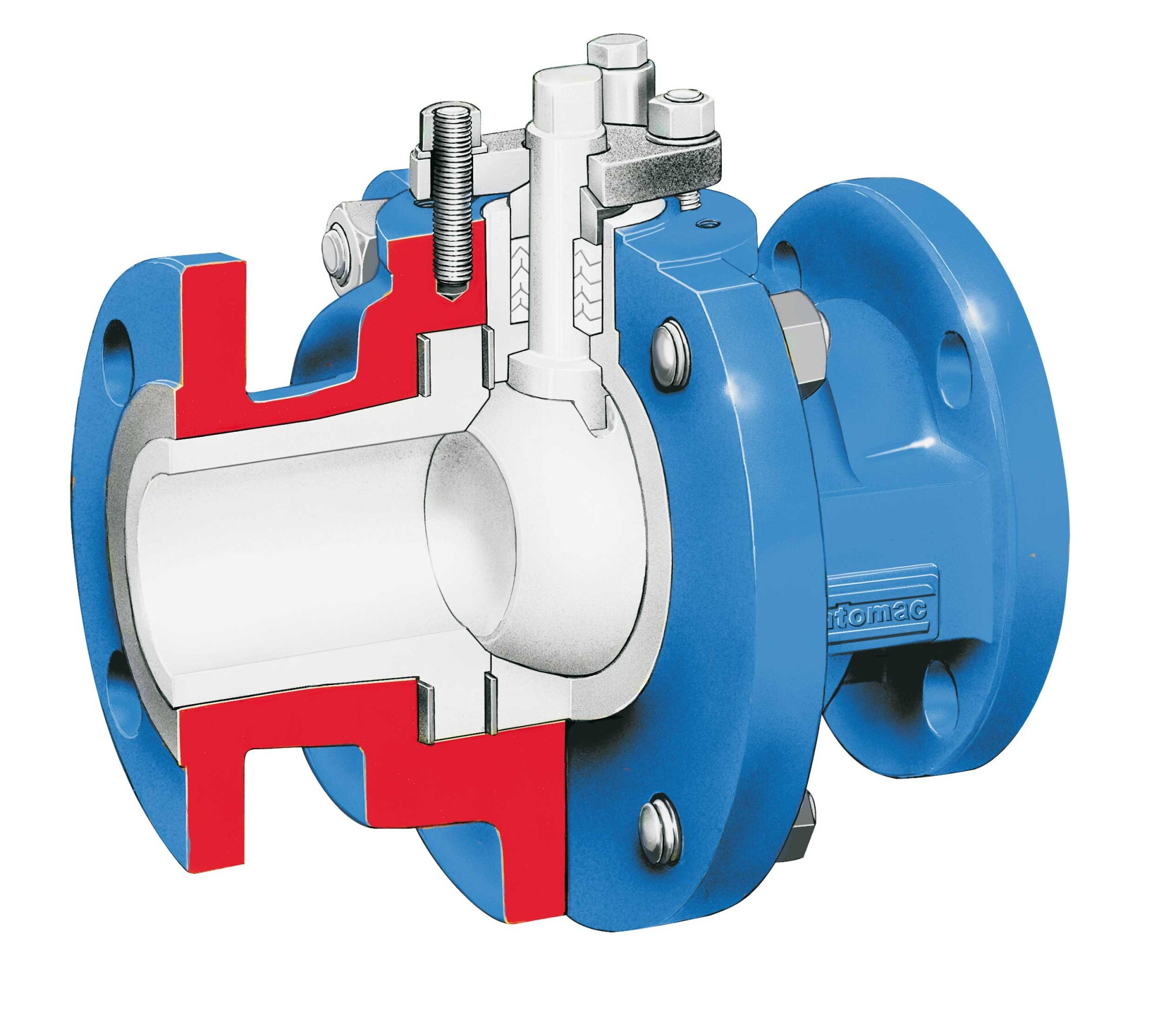
Prolonging Valve Lifespan through Pipeline Cleaning
Debris such as welding slag, rust, solidified slag, wires, and cloth strips in the pipeline can cause blockages or valve core fractures at the throttle port and guiding parts of the arc polishing machine. This commonly occurs during initial operation or after major maintenance. In such cases, disassemble the valve for cleaning, remove debris, and grind damaged sealing surfaces if necessary. Additionally, open the bottom plug to flush out debris and rinse the pipeline. Before commissioning, fully open the control valve and allow the medium to flow for a period before normal operation resumes.
Extending Lifespan by Increasing Opening Degree
When initially using ceramic control valves, operate them at maximum opening, around 80%. This ensures that erosion and wear from initial impurities occur outside the damaged valve core area. After clearing impurities from the pipeline, adjust the valve opening slightly larger than normal. As fluid damage to the valve core increases, flow increases, and the opening of the arc polishing machine decreases accordingly. This gradual damage leads to gradual closure, allowing full utilization of the valve core until the root and sealing surface are damaged and unusable.
Enhancing Lifespan by Increasing Diameter
Calculate the correct CV value using a formula to select the appropriate valve diameter (standard). Under the same flow conditions, the smaller the valve diameter, the faster the fluid velocity, leading to more severe erosion of the valve core and sealing components. It is recommended that users increase the valve diameter within the range of freely adjustable openings to reduce wear.
Improving Lifespan by Modifying Arc Polishing Machine Structure
Initially, ceramic control valves adopted a two-piece structure, later replaced by the commonly used three-piece structure, which features double sealing due to its dual valve seats. Additionally, when selecting ceramic ball valves, choose those with a tapered transition design to reduce fluid impact.
Transferring Damage Locations to Enhance Lifespan
Transfer severe damage locations to secondary positions to protect the valve core's sealing and throttle surfaces. Typically, the most severely eroded and fastest fluid velocity areas in ceramic ball valves are beneath the fluid inlet. For three-piece ceramic ball valves, reversing the ball core can allow it to be used four times at the inlet, extending the valve's lifespan by fourfold.
In conclusion, the lifespan of ceramic valves can be significantly extended through proactive maintenance measures and strategic operational practices. By regularly cleaning pipelines, optimizing valve opening degrees and diameters, and considering structural modifications, users can mitigate wear and damage, ensuring optimal valve performance over an extended period.
